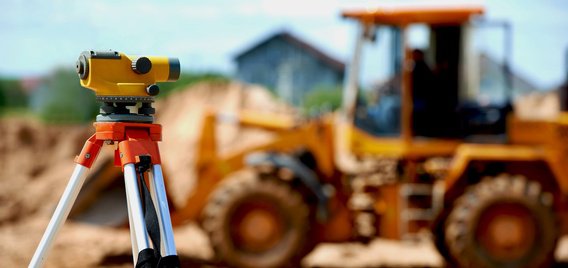Buildability in construction

|
Buildability is a pre-construction exercise that assesses designs from the perspective of those that will manufacture, install components and carry out the construction works. It should not be confused with value engineering (which is used to solve problems and identify and eliminate unwanted costs) though some processes are common to both activities.
In very broad terms, buildability should assess elements of the design in relation to:
- Achieving the desired final quality;
- Meeting the programme requirements;
- De-risking perceived problems, and
- Achieving optimum value for money.
Buildability involves careful study and consideration of:
- The sequence of activities that will take place on- and off-site, taking into account the state of the building and its weatherproof environment at any time;
- Dimensional criteria, setting out and space allowances;
- Use of plant and equipment to save labour and time and prevent possible damage;
- Practicality, flexibility and tolerances;
- Standardisation of components and processes;
- Reduction in complexity to shorten learning curves;
- Identification of appropriate suppliers;
- Prefabrication opportunities;
- Packaging the works and allocation of scope in relation to trade and specialist contracts;
- Ease and order of interface connections and abutments;
- Installation and maintenance access arrangements including long-term replacement;
- Health and safety;
- Temporary works such as propping, facade retention, retaining facilities and trench support, crane supports, formwork, falsework and scaffolding, including gantries;
- Susceptibility to damage and protective procedures in-transit and in-situ;
- Weight and lifting requirements;
- Unloading operations;
- Spare parts, and
- Storage and waste management.
Advances in computer-aided design (CAD) and computer-aided manufacturing (CAM) as well as the introduction of building information modelling (BIM) are immensely helpful in visualising many aspects of buildability. However, the availability of technology does not remove the need for engaging practitioners who have hard-won experience and awareness of on-site practicalities and potential pitfalls.
The contractor is often best placed to advise on issues of buildability. And some procurement methods, such as construction management, management contracting and design and build allow early appointment of the contractor to offer advice and feedback on design proposals as they develop.
[edit] Related articles on Designing Buildings Wiki
- CDM.
- CDM planning period.
- Construction manager.
- Construction phase plan.
- Construction strategy.
- Design and build.
- Management contractor.
- Method statements.
- Modular building.
- Offsite manufacturing.
- Packaging.
- Pre-construction information.
- Prefabrication.
- Samples and mock-ups.
- Site layout plan.
- Site Waste Management Plan.
- Structural systems for offices.
- Temporary works.
- Tolerances.
- Value management.
Featured articles and news
Professional practical experience for Architects in training
The long process to transform the nature of education and professional practical experience in the Architecture profession following recent reports.
A people-first approach to retrofit
Moving away from the destructive paradigm of fabric-first.
International Electrician Day, 10 June 2025
Celebrating the role of electrical engineers from André-Marie Amperè, today and for the future.
New guide for clients launched at Houses of Parliament
'There has never been a more important time for clients to step up and ...ask the right questions'
The impact of recycled slate tiles
Innovation across the decades.
EPC changes for existing buildings
Changes and their context as the new RdSAP methodology comes into use from 15 June.
Skills England publishes Sector skills needs assessments
Priority areas relating to the built environment highlighted and described in brief.
BSRIA HVAC Market Watch - May 2025 Edition
Heat Pump Market Outlook: Policy, Performance & Refrigerant Trends for 2025–2028.
Committing to EDI in construction with CIOB
Built Environment professional bodies deepen commitment to EDI with two new signatories: CIAT and CICES.
Government Grenfell progress report at a glance
Line by line recomendation overview, with links to more details.
An engaging and lively review of his professional life.
Sustainable heating for listed buildings
A problem that needs to be approached intelligently.
50th Golden anniversary ECA Edmundson apprentice award
Deadline for entries has been extended to Friday 27 June, so don't miss out!
CIAT at the London Festival of Architecture
Designing for Everyone: Breaking Barriers in Inclusive Architecture.
Mixed reactions to apprenticeship and skills reform 2025
A 'welcome shift' for some and a 'backwards step' for others.






















Comments
To start a discussion about this article, click 'Add a comment' above and add your thoughts to this discussion page.